Grapes have long been a crop that is grown not only in the south, but also in central Russia. Gardeners in Western Siberia are also ready to take risks by planting grapevines on their plots. Today this is quite possible. Breeders have developed special varieties of sultanas for cultivation in these regions. Let's consider the most promising of them.
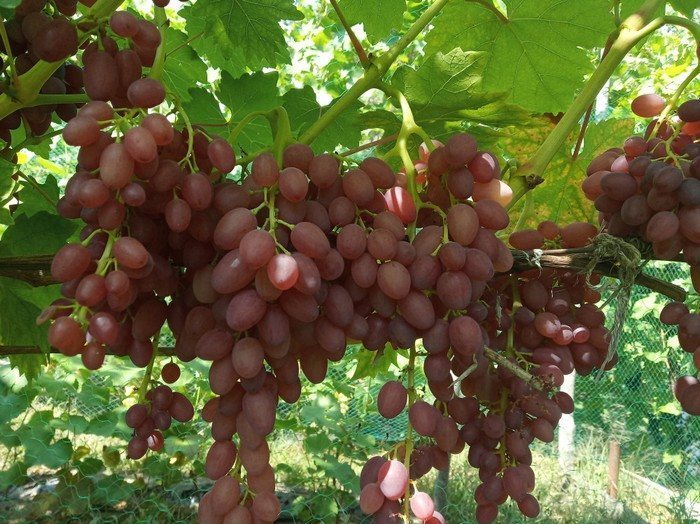
"Kishmish TsGL"
The variety can be considered a champion in winter hardiness. Without shelter, the vine can withstand frosts down to -33 °C. The history of breeding of the variety is unknown. The grapes are characterized by medium-late ripening periods. Bush type: vigorous. The harvest ripens on cylindrical or conical shaped clusters. The average weight of a bunch is 315 g. 6-6.5 kg of crop is harvested from one bush.
The berries are attractive in appearance, with dark pink skin, a small number of seeds and an average weight of 3.5 g. The taste of sultanas is balanced, sweet and sour. The variety shows average resistance to powdery mildew, mildew and other fungal diseases. Preventative treatments are needed. At Kishmish CGL» Table use, berries are consumed fresh. The productivity of the variety is high.

"Kishmish is unique"
The grapes are suitable for growing in extreme climatic zones and in the Moscow region. The bush survives without shelter in the harshest winters.To ensure high winter hardiness, it is necessary to follow agricultural cultivation techniques. The berries ripen in the third ten days of August, the harvest is good. The color of the fruit is rich, almost black. The weight of the berries is 2-2.5 g.
With good care, the clusters are large, weighing from 500 to 900 kg. Kishmish can hang on the bush for a long time, accumulating sugar, and can be stored for a long time after harvesting in a cool place. The vine has a moderate growth rate and does not require frequent pruning. From one plant you can get up to 15 kg of berries, while normalizing the number of clusters.

«Rilines pink sidlis»
This is a sultana variety bred by American breeders. The popular hybrid, subject to proper agricultural practices, can withstand even 30-degree frosts in winter, so it can be cultivated in cold regions. The grown berries have a harmonious taste and can be consumed fresh and dried form, suitable for production guilt and juice.
The bush is tall and requires staking to a trellis. The berries are collected in large and dense clusters weighing 250-300 G. The grapes themselves are small (no more than 1.5 g), after ripening they acquire a pink color and a delicate aroma. The pulp is practically seedless and has a delicate texture and juiciness. Peel easily chewed. Full harvest hybrid gives on fourth one year from the date of landing. The variety is considered super early, the harvest ripens V Moscow region at the beginning September. From one bush they get 8-10 kg of grapes.
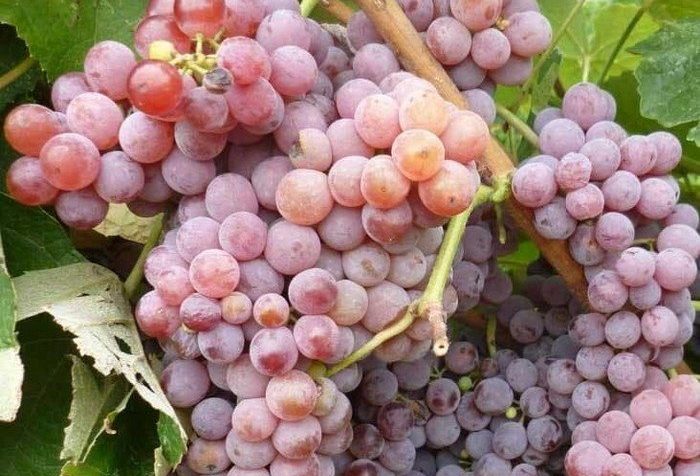
«Einseth sidlis»
An early variety of sultanas bred in the USA. Berries oval in shape, have no seeds, weight - 2.3 g, with a little wax raid, collected in brushes weighing 180-250 g conical shape. The density of the bunch is average. Berries covered with bright red skin, not prone to cracking, and have a specific aroma reminiscent of strawberries. The taste is sweet, with a slight sourness.
Fresh berries can be stored for up to 3 months in suitable conditions. The variety resists gray rot and mildew well. Bushes overwinter without shelter. Frost resistance – high. The grapes can withstand temperatures down to -27 °C, so they can be grown in northern regions. The berries are consumed fresh and dried to produce sultanas.
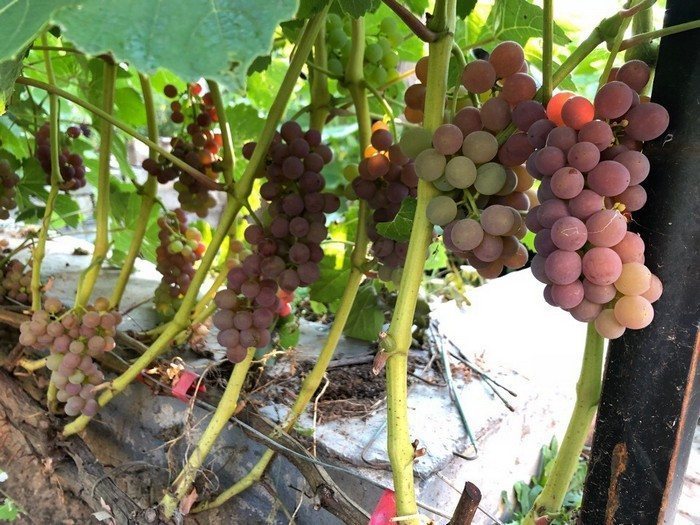
Even winter-hardy grape varieties need shelter for the first couple of winters. In the future, the bushes will get stronger and will be able to easily withstand the winter. When preparing for winter, it is important to feed the vine in advance and carry out moisture-recharging watering in mid-autumn, thoroughly moistening the soil.


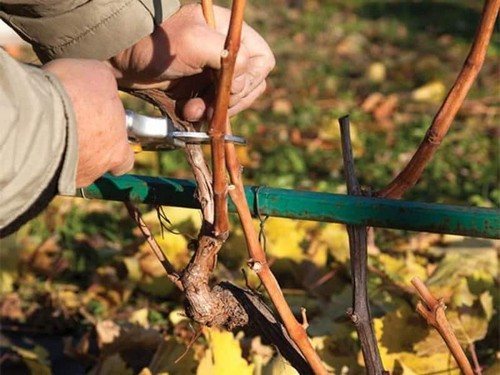
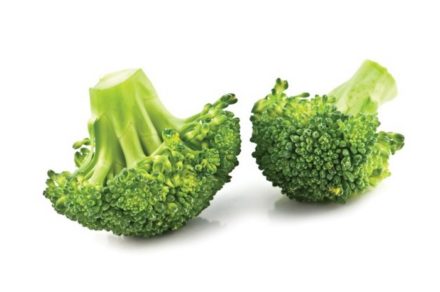
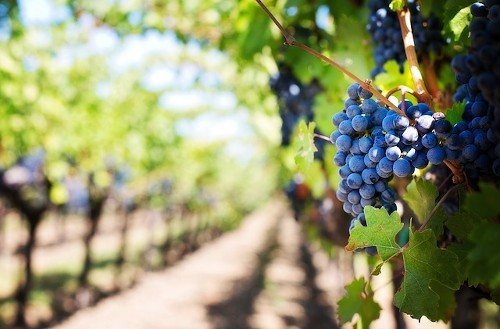
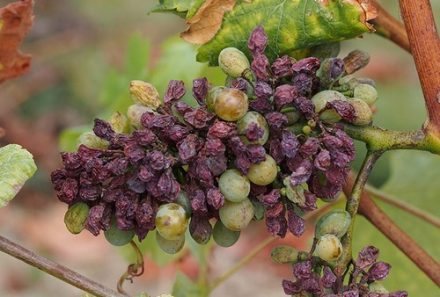
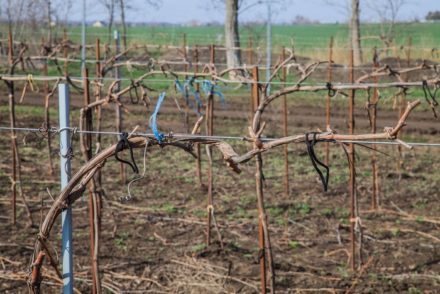

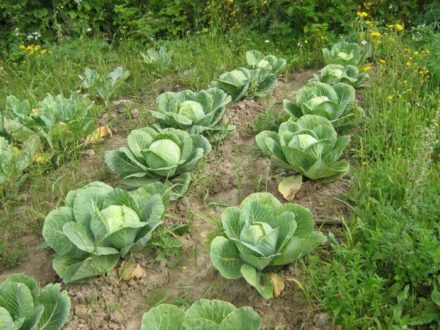
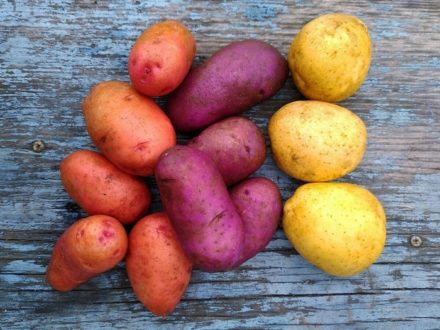
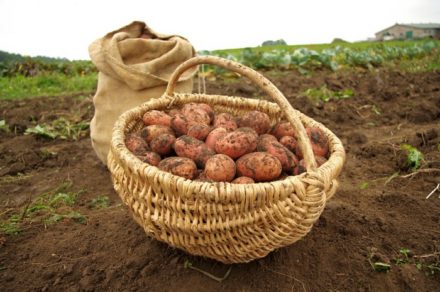
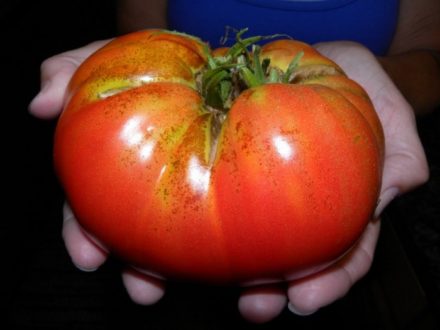
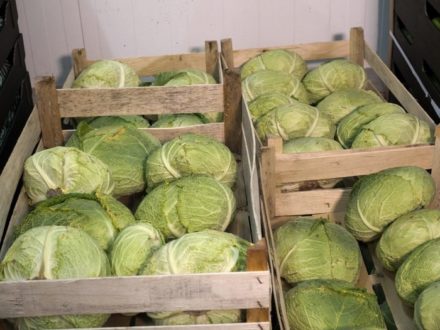
Here are the storytellers! Grapes in Western Siberia and without shelter! I lived in the southwest of Altai for 40 years, I grow grapes, but... I didn’t even think about covering the vines! When in winter it goes well beyond -30’s, these “experiments” are inappropriate. That year (the peak) dropped to -48’C!!! But this is the “south” of Western Siberia!
Well? Reprint from annotations from sellers of these varieties. And about the mid-late varieties for the middle zone somehow... Maybe they will overwinter, but there won’t be enough light for real ripening.